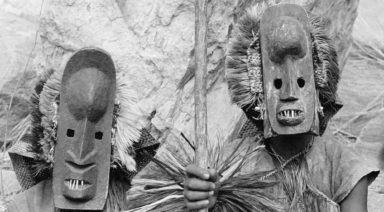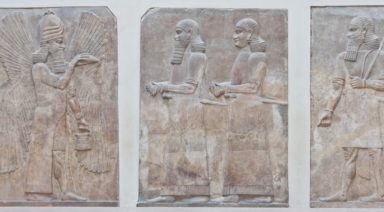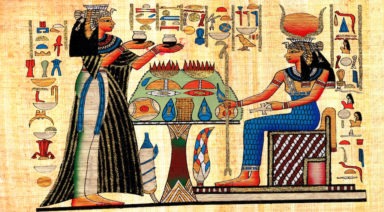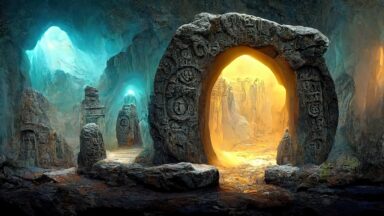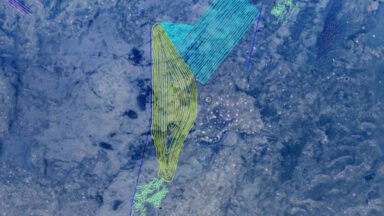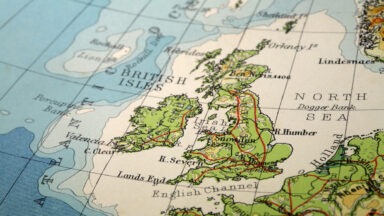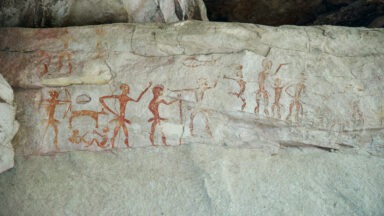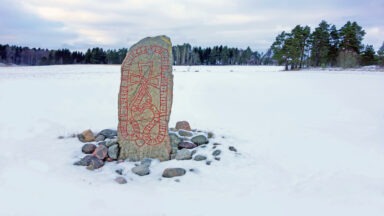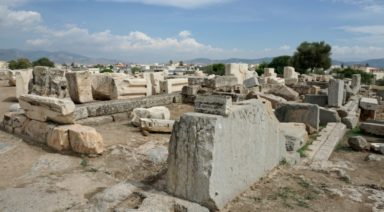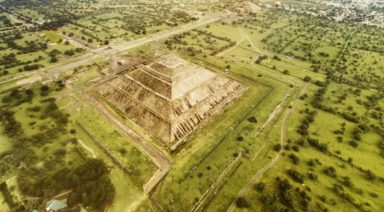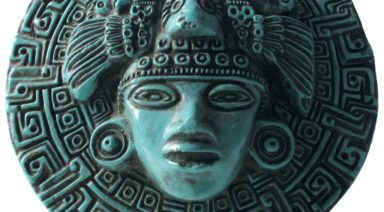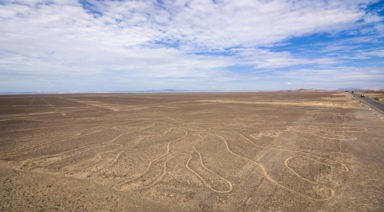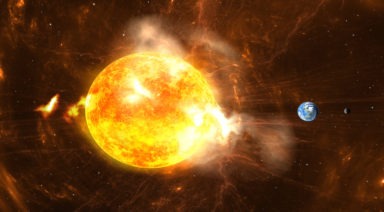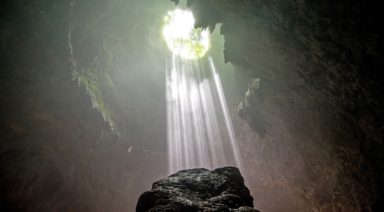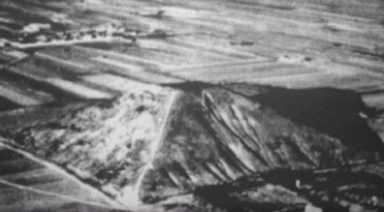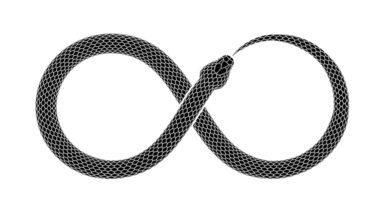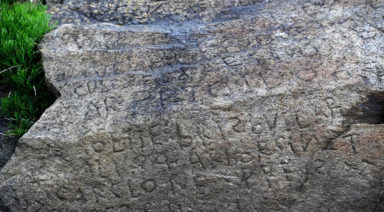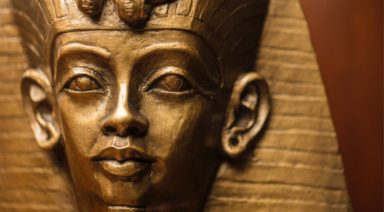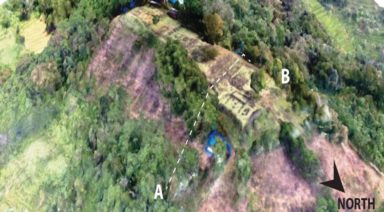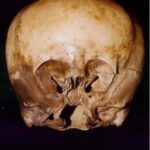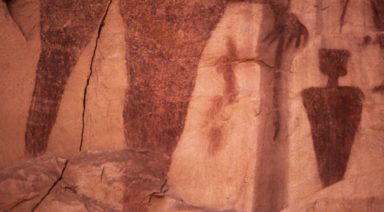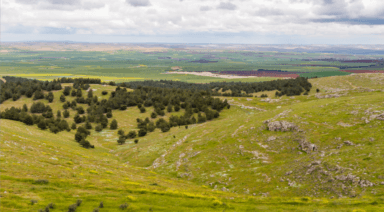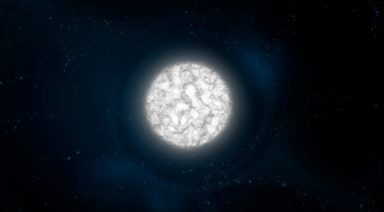Bering Archipelago May Debunk Land Bridge Migration Theory
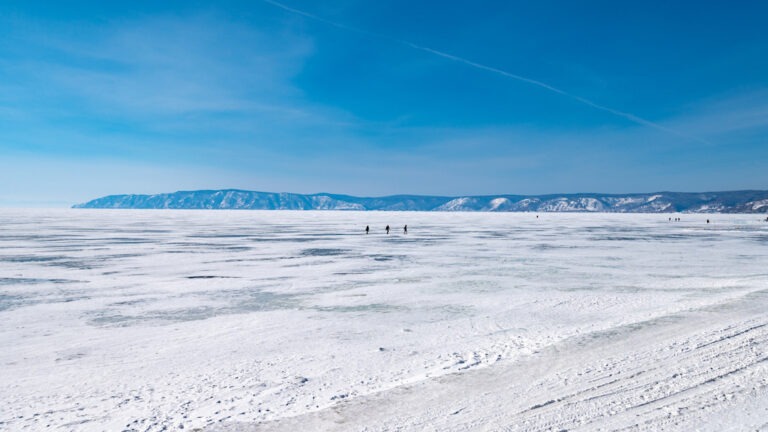
A controversial new study may rewrite the history books on how and when North America was first populated.
Historians and archeologists have tried for years to answer the question, “how did our ancient ancestors first populate North America?”
The most prevalent theory has been the Bering Land Bridge theory—that ice age migrants crossed an ancient landmass from Siberia to North America. But a new theory states that ice age migrants may have used a series of islands, The Bering Transitory Archipelago, to make the crossing and use these islands as stepping stones to get to North America. Using a method called retrospective sea-level mapping, scientists found evidence of an archipelago nearly 900 miles long that existed up to 30,000 years ago.
This theory could debunk the Bering Land Bridge theory, change our understanding of early human migration to North America, and shine a light on maritime technologies they may have possessed.
Watch more:
The Dogon Tribe’s Sirius Mystery & Otherworldly Origins
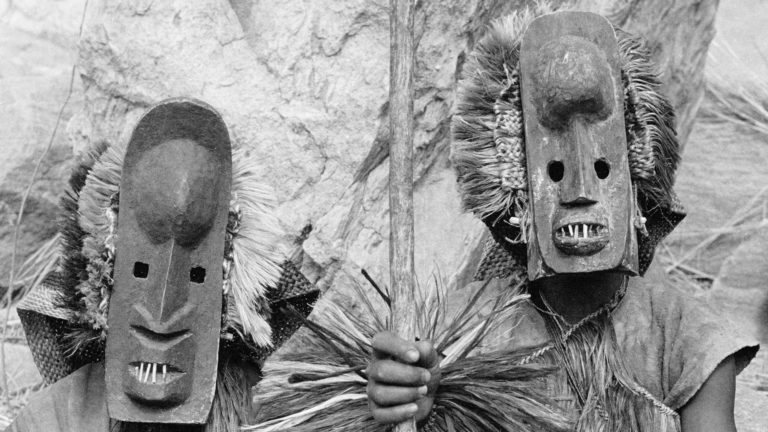
The Dogon, an ancient West African tribe residing in Mali, possess a cosmology that includes surprisingly precise knowledge of the Sirius star system. This has given rise to the “Sirius mystery,” a debate about how a secluded, primitive culture could know about celestial bodies invisible to the naked eye and astronomical phenomena discovered only in recent history.
Table of Contents
- The Mystery of Sirius B and C
- An Otherworldly Explanation: The Nommos
- Connections to Other Ancient Cultures
- Frequently Asked Questions about the Dogon
The Mystery of Sirius B and C
The Dogon’s knowledge, revealed to French anthropologists in the 1930s, includes details of the Sirius system that were unknown to modern science at the time:
- Sirius B: The Dogon knew about Sirius B, a white dwarf star, which was not officially confirmed by Western astronomers until the 1970s.
- 50-Year Orbit: They accurately described Sirius B’s 50-year elliptical orbit around Sirius A, the brightest star in the night sky.
- Sirius C: The Dogon also speak of a third star, Sirius C, an assertion that is currently unconfirmed by modern astronomy but has been speculated about.
The Dogon also had knowledge of Jupiter’s moons and Saturn’s rings and knew our location within the Milky Way Galaxy. Their artifacts, some over 400 years old, depict this astronomical understanding, challenging the notion that their knowledge came from a recent cultural exchange.


